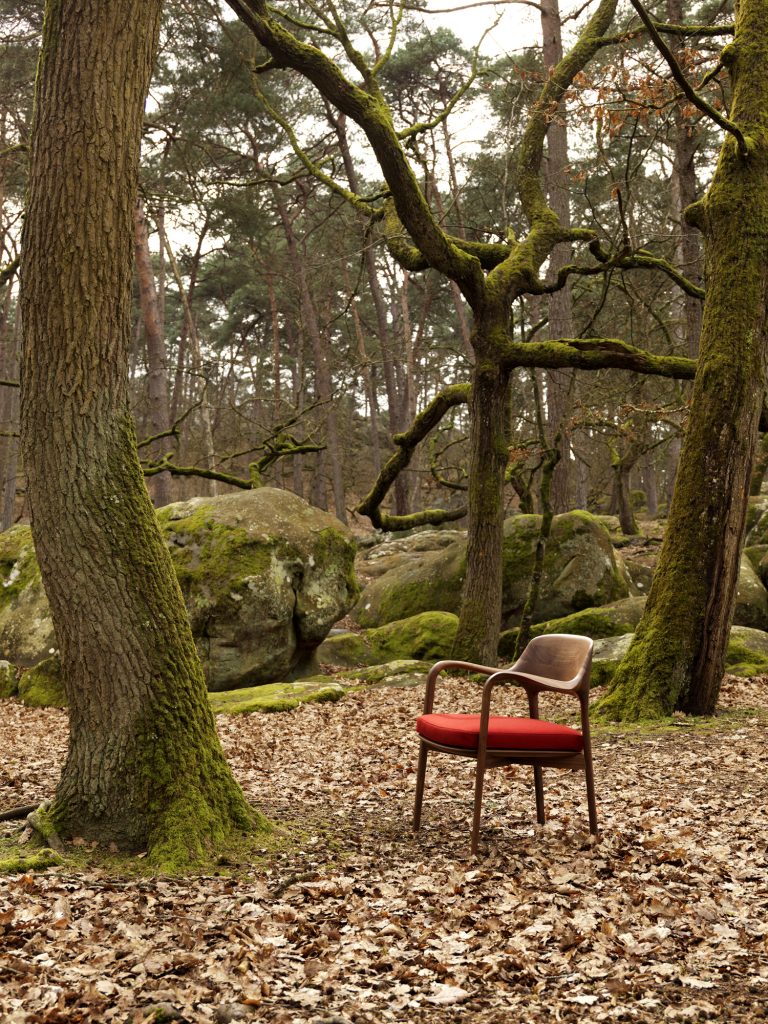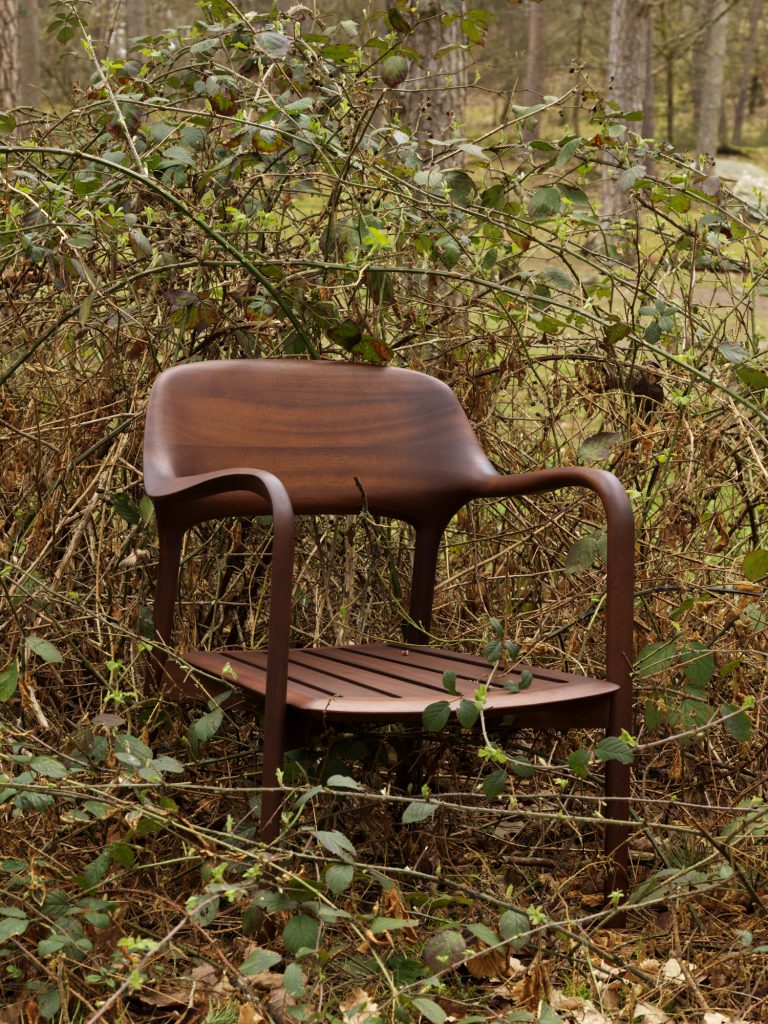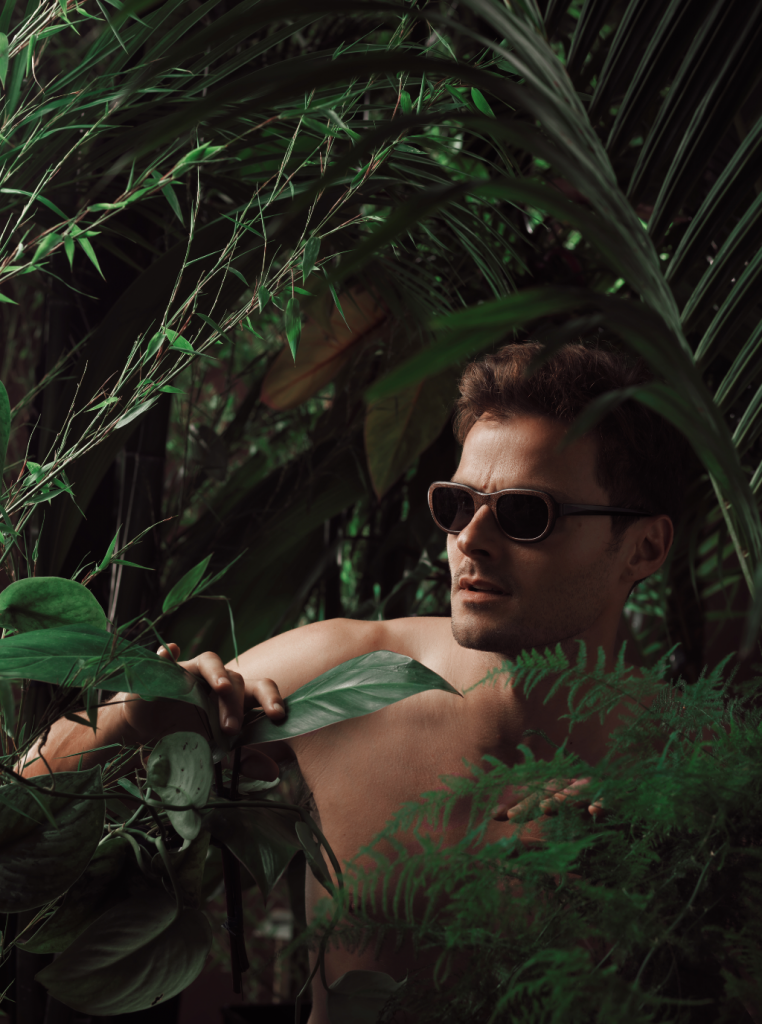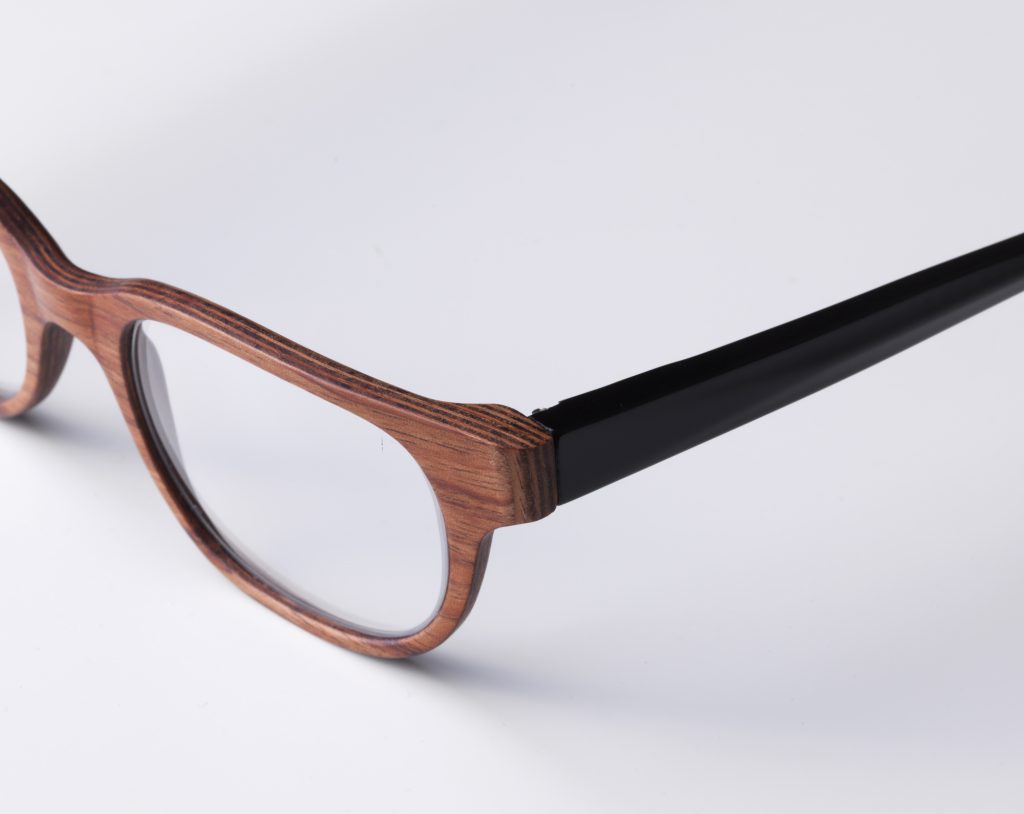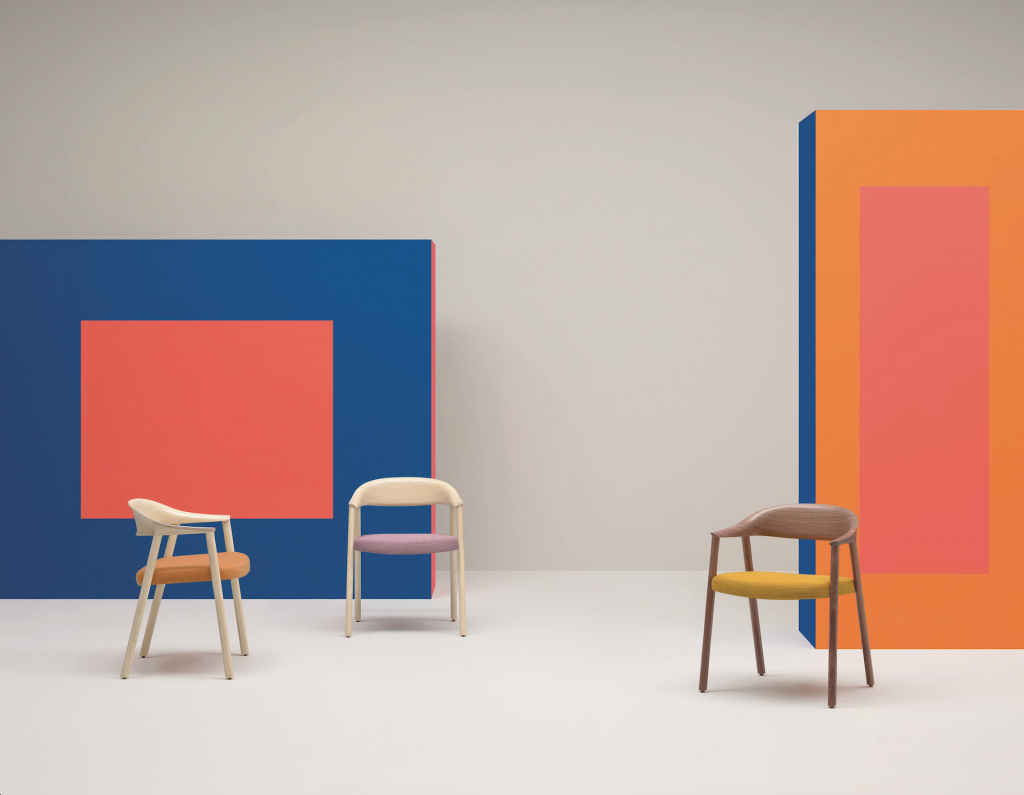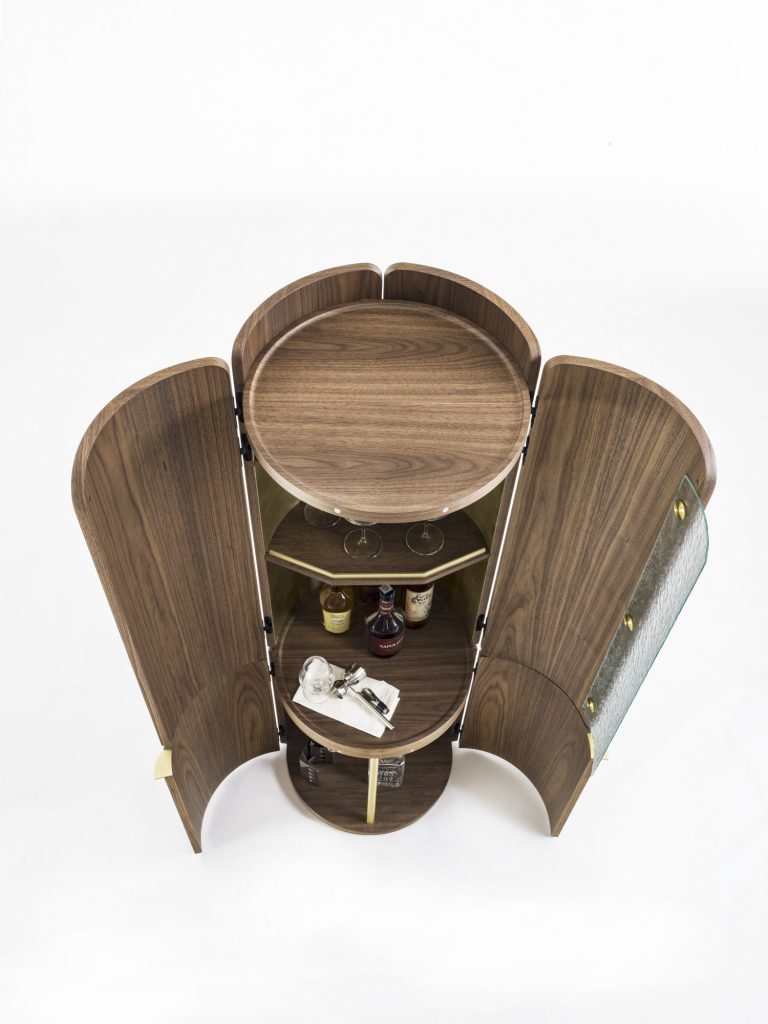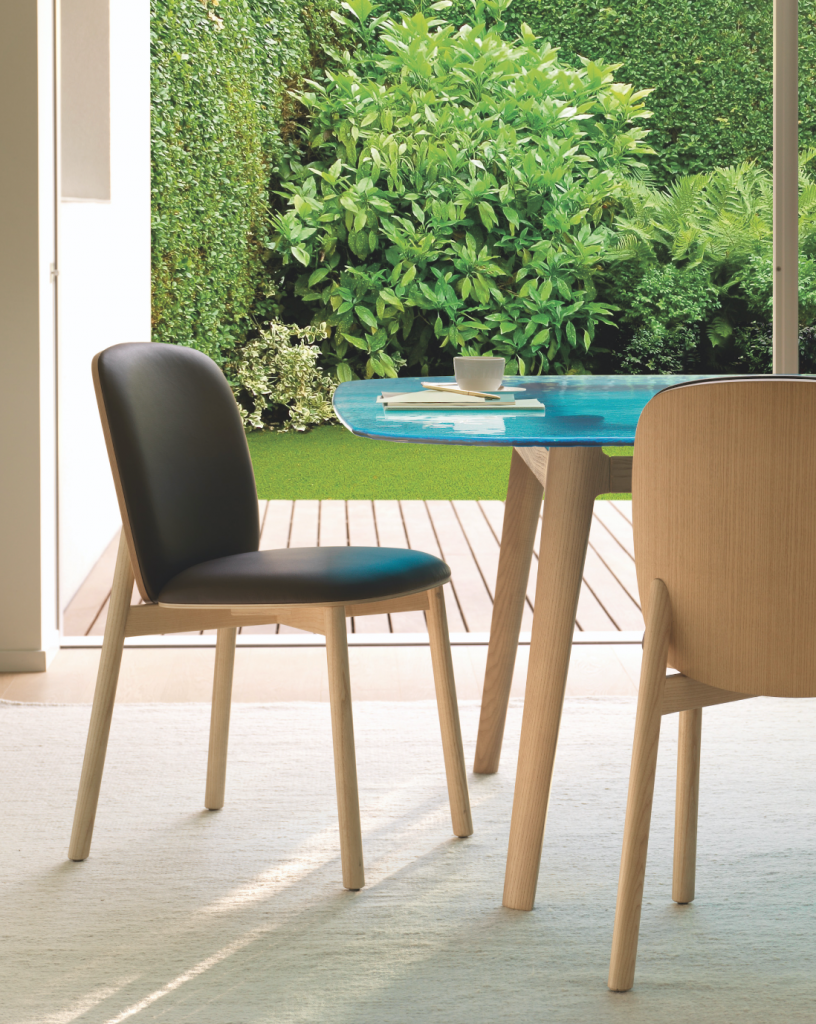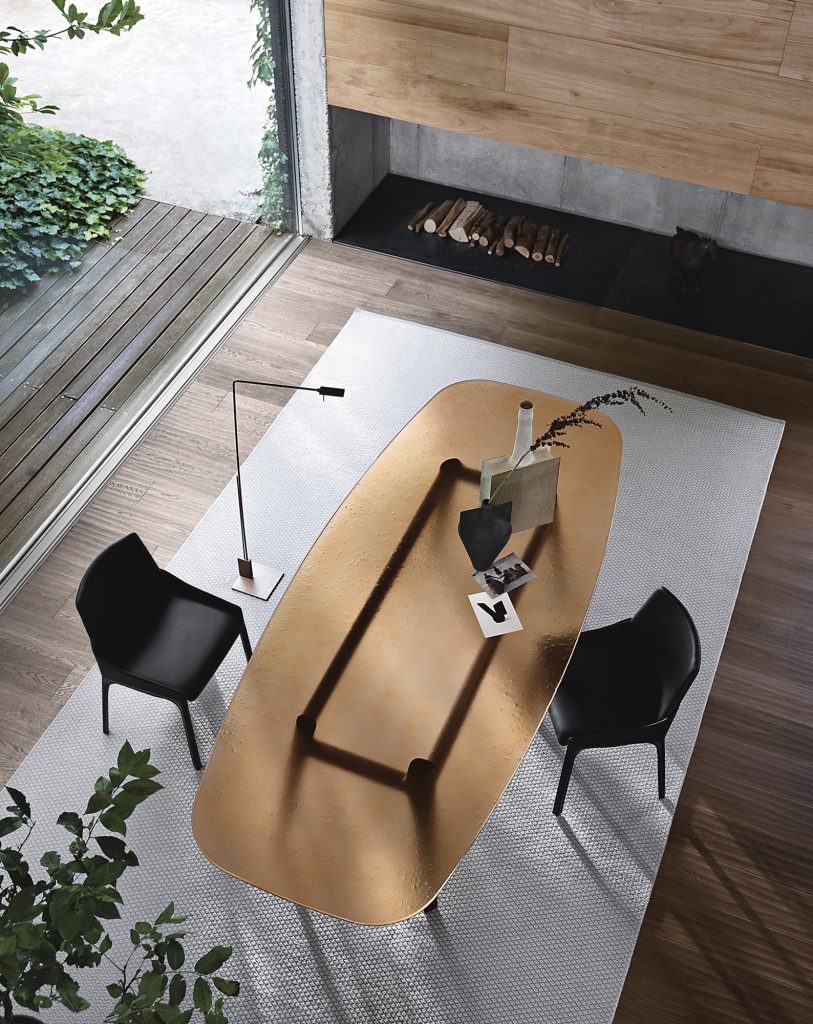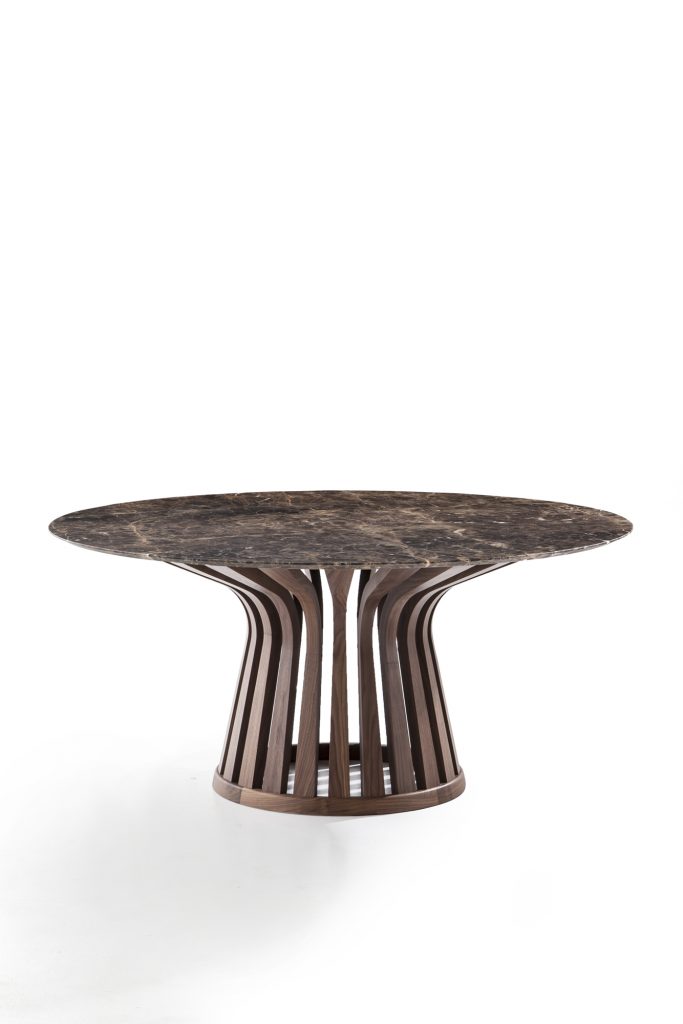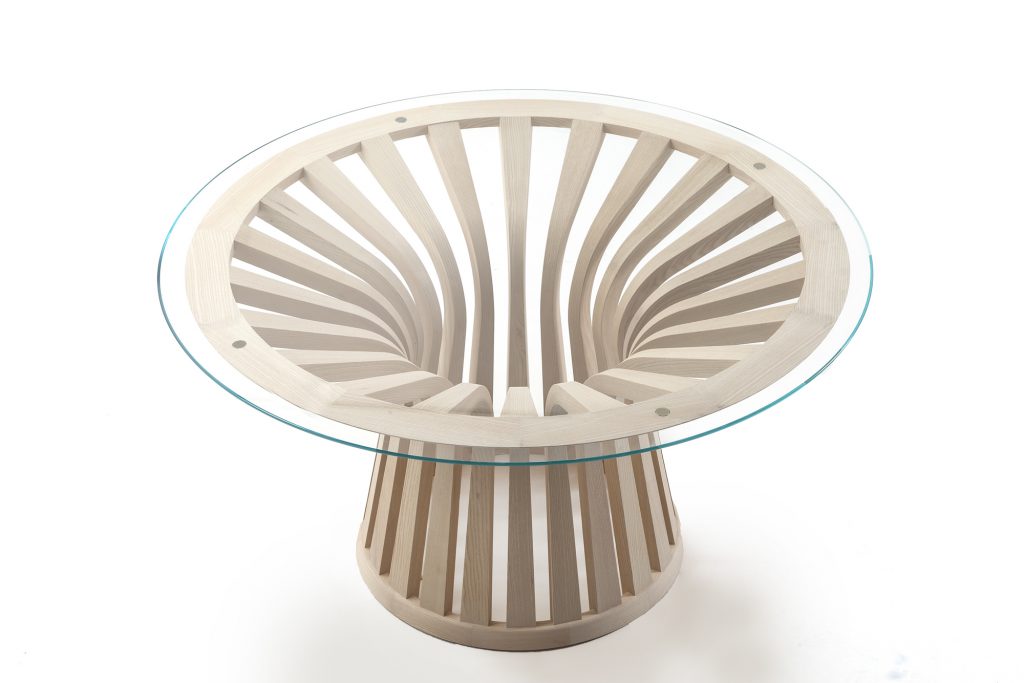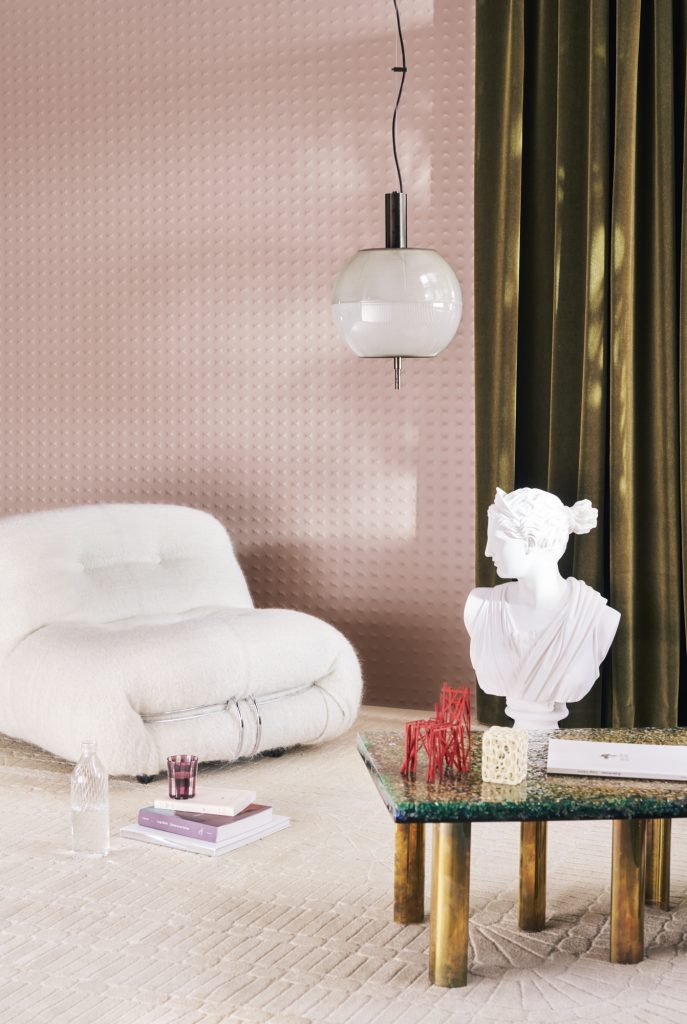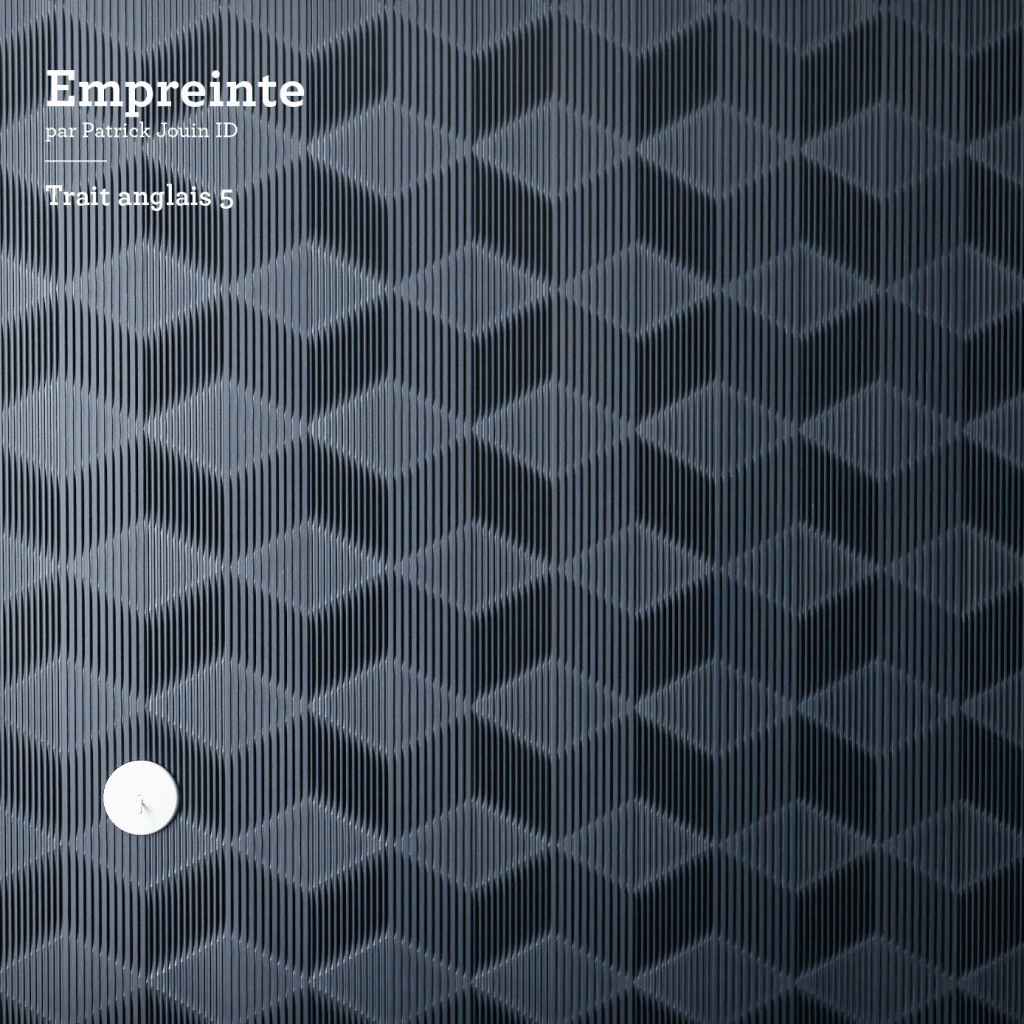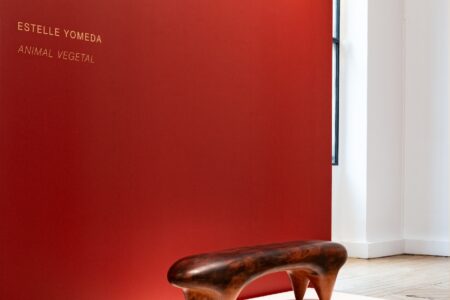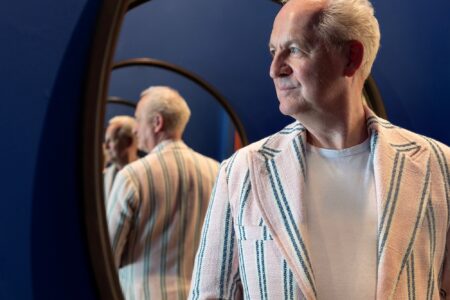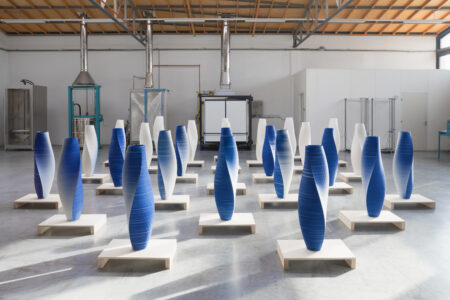Patrick Jouin: Finding the Answer in Nature
TLmag talks to celebrated French designer Patrick Jouin on using wood as an alternative to plastic and how his endless fascination with nature’s efficiency influences his prolific practice.
Paris-based designer Patrick Jouin is not only considered to be one of France’s most acclaimed designers but is also one of the most resourceful. Since 1999, his agency has distinguished itself through its diverse practice as they continue to branch out and work in architectural, interior design and exhibition design settings as well as product and furniture design. With many of his works in permanent collections of museums worldwide, including MOMA (New York City) and Stedelijk Museum (Amsterdam), Jouin’s high-tech and high-quality 3D printing techniques are often based on natural, geometric designs. With an eternal fascination for nature and it’s geometric and productive solutions, the designer’s latest works continue to think outside of the box by using wood in an exemplary fashion – with designs that have a particular focus on sustainable solutions, materials and practices.
TLmag: Let’s start off with how you first began. What was your motivation to become a product and interior designer?
Patrick Jouin (PJ): I got into product design because I thought it would provide a good base in which I could combine my drive and wish to draw day-in-day-out as well as my technological skills and knowledge. With a visual approach, I wanted to contribute and create products that had beauty and poetry within them. My interior architecture practice was unexpected; it was never something I actively set out to be doing. There, my practice revolves around a very genuine love for light, shadow, and how it interacts in space. More specifically, it came from my love for the void: for emptiness. When I see an empty space, I get excited by the endless possibilities that it contains.
TLmag: In your earlier designs there was more focus on using plastic and other modern materials, yet, in a lot of your more recent work, you seem to be using more natural materials, specifically wood. Why is that, do you think, and what drew you to work with wood as a material for expression?
PJ: I guess you could say that I’ve learnt that we need to be careful about using materials that are made out of such harmful compounds. Even though plastic is a fascinating material — because you can ask it to do whatever you want — there’s no denying how much pollution and damage it’s causing. I started using wood more as I began building interiors, and I’ve found that wood is such a great, natural alternative that’s on the other side of the ‘plastic’ spectrum. By working with wood through high-tech processes — like using specific types of glue or a CNC-machine — there are no limits to it. From building high-rises all the way down to creating an intricate teaspoon, it’s an incredible feeling to witness how limitless this material is – and it reminds me that I still have much work ahead of me.
TLmag: Even when your work is not made out of natural materials, it seems like you are continually inspired by nature. Like the geometric design of the TAMU chair prototype, you revealed at Milan Design Week. Where did this fascination with nature come from, and what drives it to this day?
PJ: Because I work for humans, and we are, after all, a part of nature. Everything that I create and the people that interact with them is related to nature. It is an entity that produces impressive structures and offers us brilliant answers to our most researched questions. Its structures are efficient without being chaotic — it’s something we don’t truly understand, and I love it. I study its structures and solutions to dealing with constraints and see them as inspiration. I keep nature in the back of my mind as I try and resolve my design problems.
TLmag: How does the practice of keeping nature in the back of your mind come into play when it comes to creating sustainable design?
PJ; What I love in nature is the fact that it doesn’t use more than it needs. It’s efficient with what it has: a tree will not try to become broader or thicker if it does not need to— and will use with everything it has, whether it be sun or shade, water and nutrients, to grow stronger. I feel compelled to, first of all, design something that is a reliable product — so that when it is used, even if it a result of pollution, it can at least serve a purpose instead of being a waste. Secondly, it has to be efficient and not use more material than it needs to.
This morning I was listening to the radio and heard that the companies that are responsible for creating most of the plastic soda bottles and cans in the world finally understand that they need to stop and rethink their production. I feel that we have the answer in nature: there are amazing chemists and engineers around the globe that have shown us that we can replace plastic with an endless list of other materials. We have lived without plastic for thousands of years, and we can live without it for another thousand. The answer is in nature, and in natural products that we can re-engineer and transform. Maybe it’s with bamboo straws, or perhaps with corn. Whatever the case, I am very sure that a solution will be found to replace one-use plastics and products like cans and plastic bottles with more sustainable solutions.
TLmag: What do you think will be important in the future of design?
PJ: Lightness. When I look at a bone, I see something that is super light but also strong and efficient. When I see a flower or a leaf on a tree, I see a fantastic, small machine that transforms solar power into material and mass. Similarly, our brain is also one of these ‘light’ machines. It’s able to calculate and think of extraordinary concepts with just the few calories that we consume every day. When we compare that the amount of energy a computer needs to solve a single complex problem, it’s clear that humans and nature are so much more efficient than these digital solutions that are supposedly there to make our lives easier. That is the future of design: we have to be light.
http://www.patrickjouin.com/fr/projets/patrick-jouin-id/
